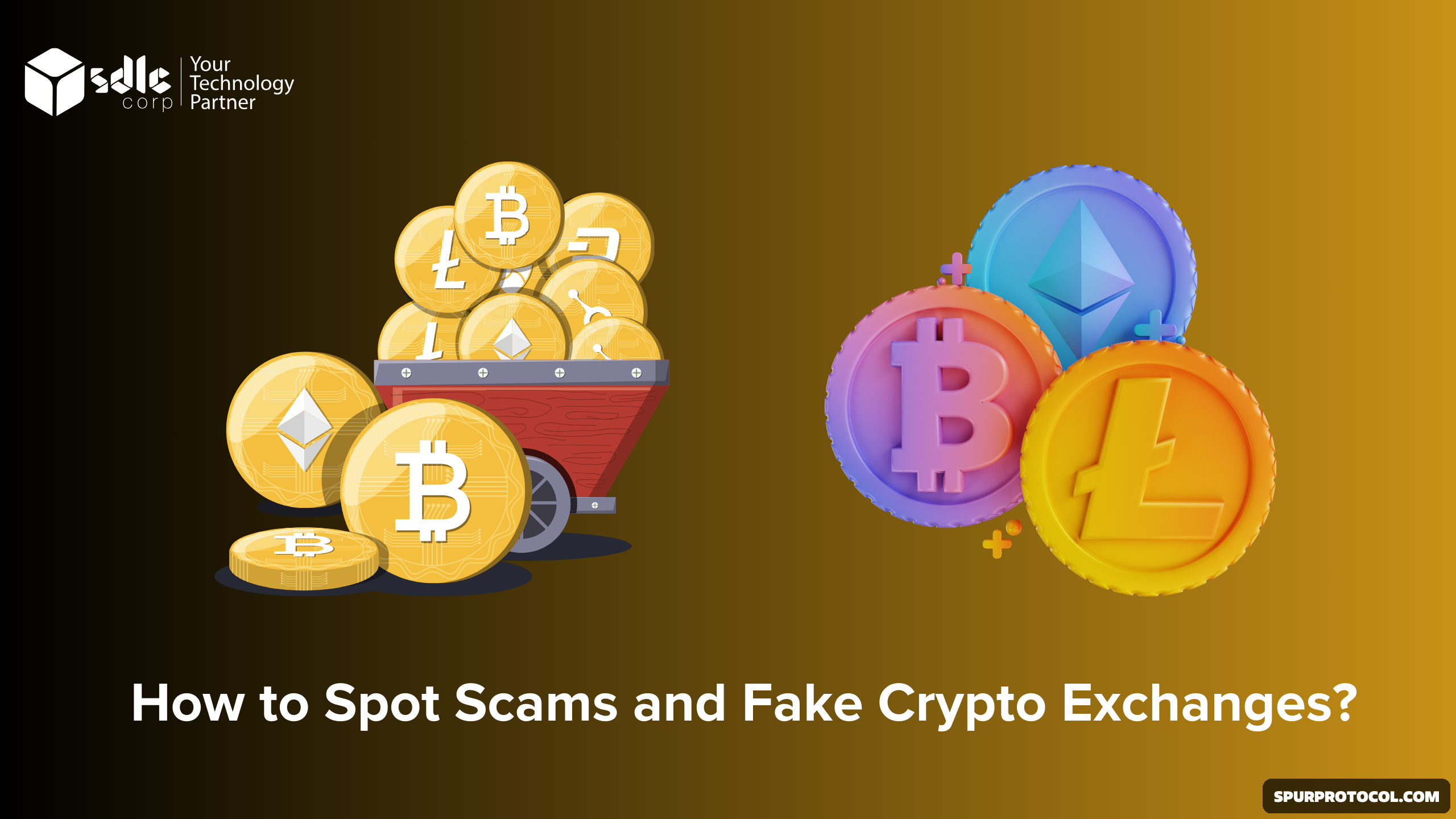How To Identify A Fake Or Scam Centralized Exchange
Centralized exchanges (CEX) are often the entry point for people entering the world of cryptocurrency. They allow users to buy, sell, and trade digital assets with ease. However, not every exchange is legitimate.
Go Back

🕒 10:12 PM
📅 Sep 30, 2025
✍️ By chyneyz
Scam exchanges continue to appear, targeting unsuspecting users with promises of high returns, low fees, or exclusive tokens. Knowing how to identify a fake CEX can save you from losing money and protect your crypto journey.
Signs of a Fake or Scam Exchange
1. Unrealistic Promises
If an exchange guarantees profits, offers extremely low fees, or promises bonuses that sound too good to be true, it’s likely a scam. Real exchanges never guarantee returns, as the crypto market is inherently volatile.
2. Lack of Transparency
Trusted exchanges provide clear information about their team, headquarters, licenses, and security measures. Scam CEX platforms often hide this information or provide vague and unverifiable details.
3. No Regulatory Oversight
While not all exchanges are regulated in every jurisdiction, reputable ones usually comply with some form of financial regulation. A lack of any regulatory framework or registration is a warning sign.
4. Suspicious Website or App
Poorly designed websites, slow performance, fake reviews, or limited functionality can indicate a scam. Fake exchanges may also imitate the design of well-known platforms to trick users.
5. Problems With Withdrawals
The clearest red flag is when users deposit funds but face endless delays, excuses, or outright blockages when attempting to withdraw. A real exchange will never prevent you from accessing your funds.
6. No Community Presence
Reputable exchanges have active social media, user communities, and customer support channels. A scam exchange often has no real engagement, fake followers, or ignores user complaints.
How to Stay Safe When Choosing a CEX
1.Do thorough research: Look for independent reviews, check forums, and see what the community is saying.
2. Verify licensing: Ensure the exchange is registered or recognized in at least one jurisdiction.
3. Start small: If you must test a new exchange, deposit a small amount first and try withdrawing it before committing larger sums.
4. Use well-known platforms: While not perfect, established exchanges like Binance, Coinbase, or Kraken are far safer than unknown platforms with little history.
Scam centralized exchanges prey on the trust and excitement of new crypto users. By learning the warning signs and practicing caution, you can avoid falling into their traps.
Always remember: in crypto, if it looks too good to be true, it probably is.
